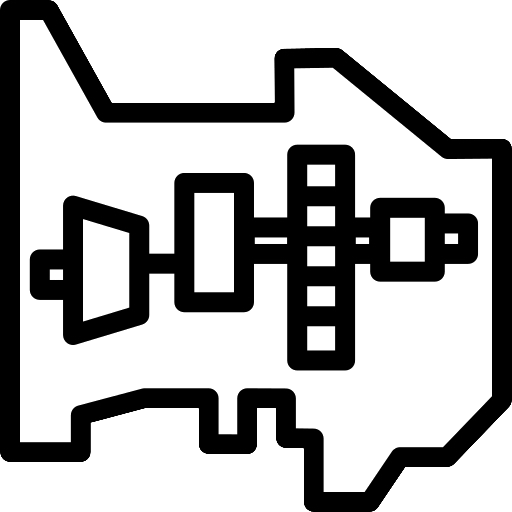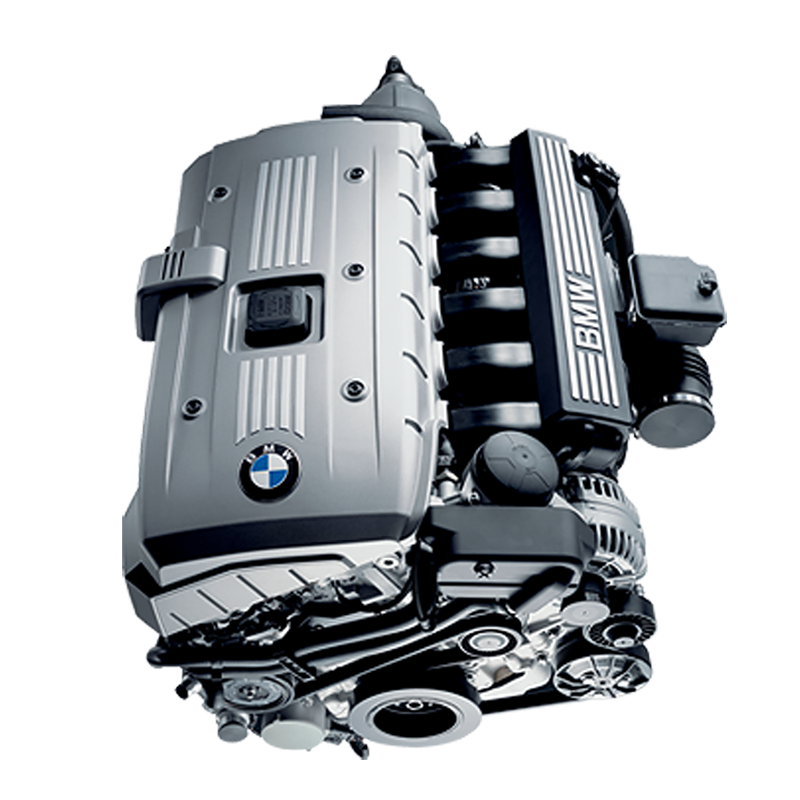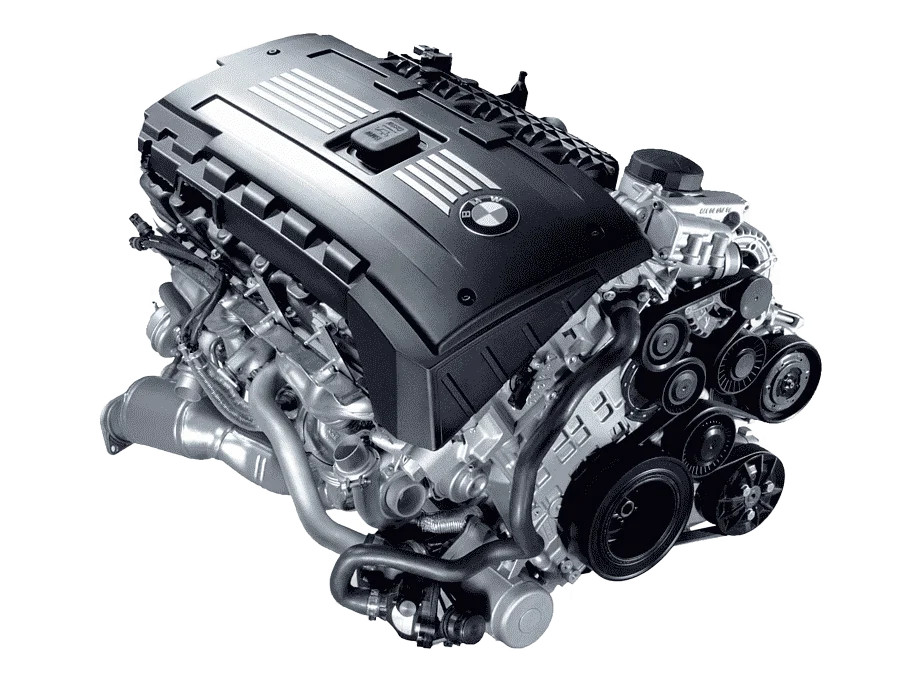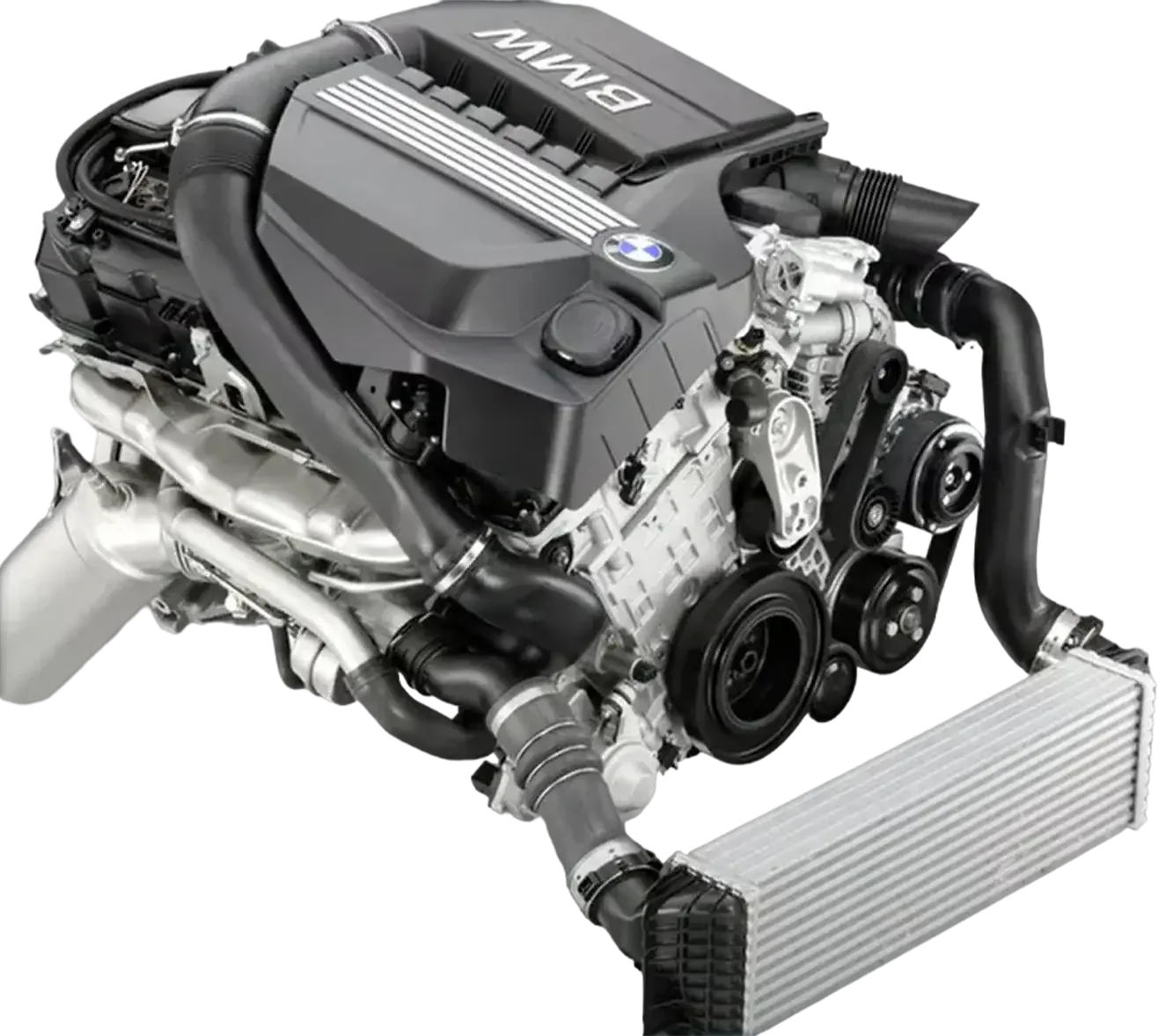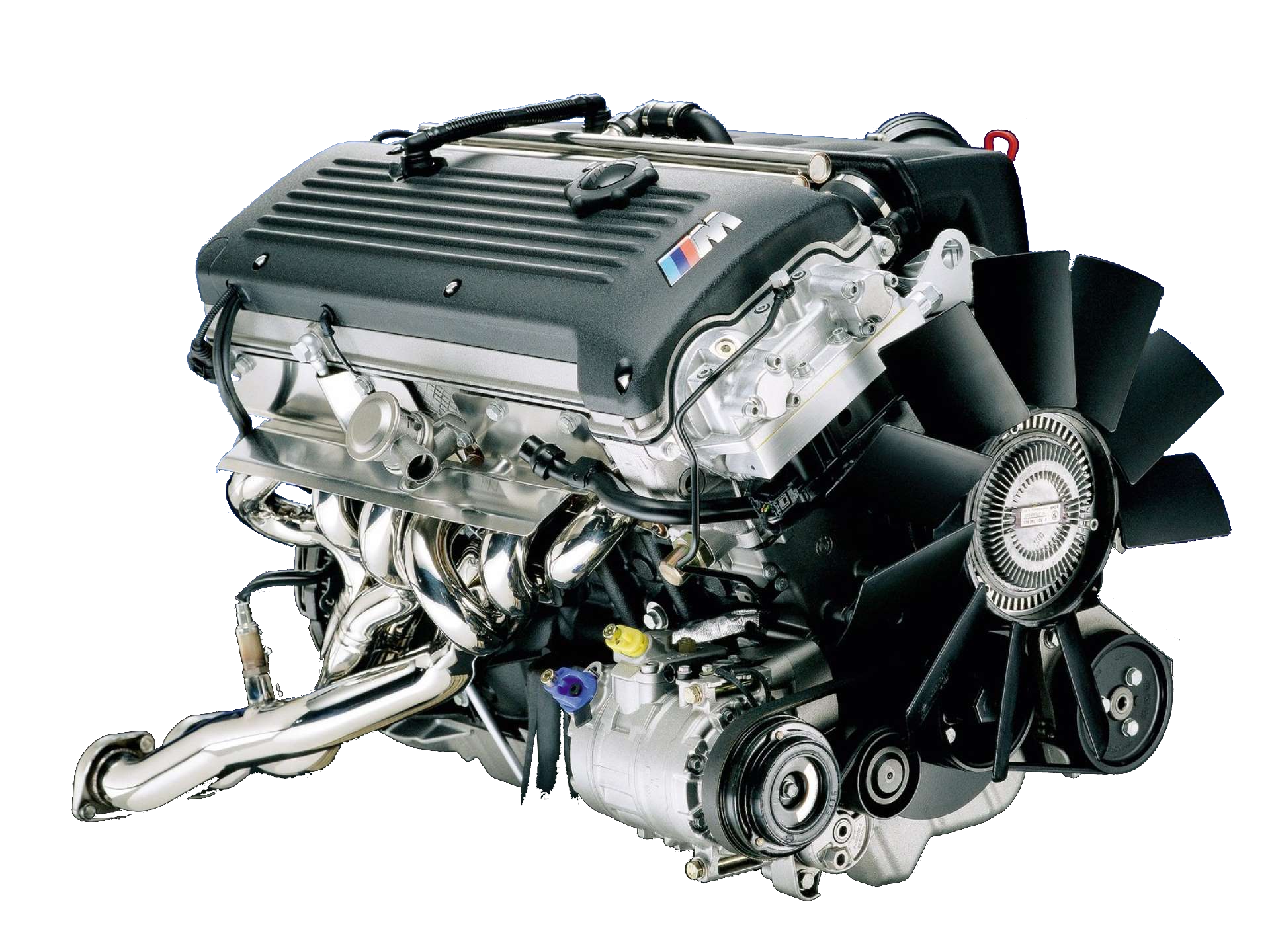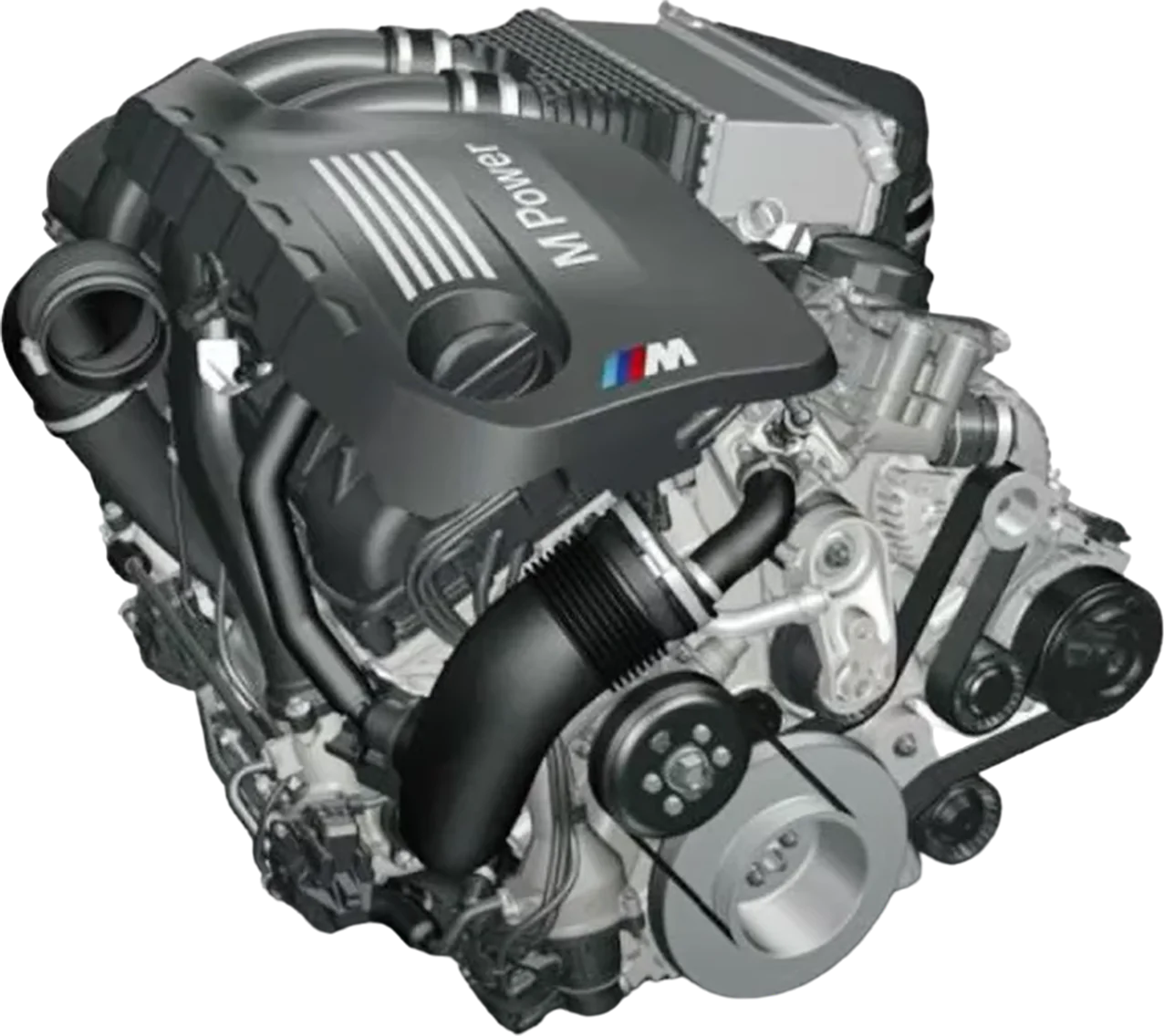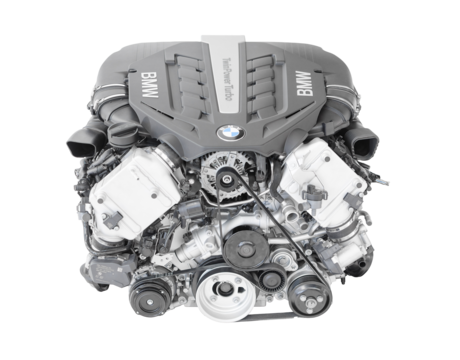Electrical

BMW Electrical System Diagnostics: Common Issues, Codes, and Troubleshooting Guide
BMWs have complex electrical systems that integrate many advanced technologies, leading to potential issues as the vehicle ages. Recognizing symptoms and understanding trouble codes associated with electrical faults can simplify troubleshooting and keep your BMW running smoothly.

Battery and Charging System Issues

Battery Drain
- Symptoms: Frequent dead battery, difficulty starting, dim lights, multiple warning lights.
- Trouble Codes: P0562 (System Voltage Low), P0563 (System Voltage High).
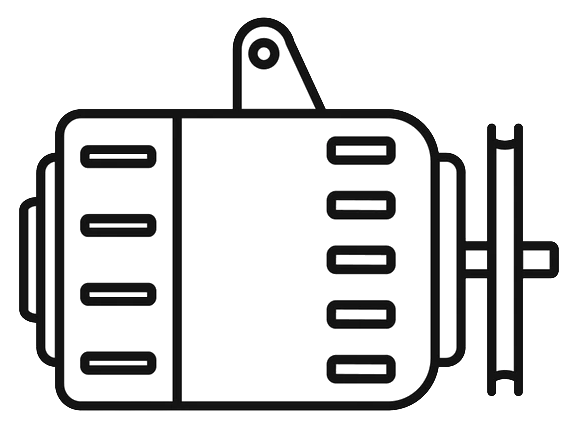
Alternator Failure
- Symptoms: Battery warning light on dashboard, dim or flickering lights, battery not charging.
- Trouble Codes: P0620 (Generator Control Circuit Malfunction), P0621 (Generator Lamp “L” Control Circuit).
Test Battery Voltage
Use a multimeter to check the resting voltage; a healthy battery should read around 12.6V or higher.
Inspect for Parasitic Draw
If battery drain is suspected, perform a parasitic draw test to identify any circuits drawing excessive power when the car is off.
Check Alternator Output
While the engine is running, check that the alternator output is between 13.5-14.5V.
Inspect Wiring and Connectors
Corroded or loose connections at the battery or alternator can affect charging.
Footwell Module (FRM) Failure

Footwell Module Malfunction
- Symptoms: Lights (headlights, turn signals) not working, windows or mirrors not operating, central locking issues.
- Trouble Codes: A8B4 (Footwell Module Control Fault), A8C8 (Internal Fault in FRM), A8B1(Communication Fault).
Check for Module Communication
Use a scan tool to communicate with the FRM and check for stored fault codes.
Perform a Reset
In some cases, resetting the FRM using BMW software (e.g., ISTA) can temporarily restore function.
Inspect Wiring Connections
Check connectors and wiring near the FRM for corrosion or damage.
Replace or Reflash FRM
FRM issues often require a replacement or reflash, especially if internal faults are present.
iDrive and Infotainment Issues

CCC/CIC iDrive System Malfunction
- Symptoms: Screen freezing, iDrive controller not responding, navigation or audio malfunction.
- Trouble Codes: E18D (CCC Controller Malfunction), E1C4 (Communication with Head Unit Interrupted).
Reset iDrive System
A simple iDrive reset (by holding down the power button for about 20 seconds) can resolve minor glitches.
Check Fiber Optic Connections
The iDrive system uses a fiber optic loop for data transfer; inspect the connections if communication issues arise.
Update Software
Many iDrive malfunctions can be resolved with software updates available at BMW service centers.
Replace CCC/CIC if Necessary
If issues persist, especially in older CCC units, replacement may be required.
Window and Door Lock Actuator Failure

Door Lock Actuator Malfunction
- Symptoms: Door won’t lock/unlock, central locking doesn’t respond, grinding noise in door.
- Trouble Codes: A0B2 (Door Lock Actuator Fault), A0B3 (Central Locking System Failure).
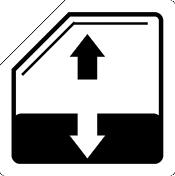
Window Regulator Failure
- Symptoms: Window won’t go up or down, grinding noise, window falls off track.
- Trouble Codes: No specific OBD-II codes, but BMW-specific scan tools can identify faults in the window module.
Test Lock/Window Functions
Use the key fob and interior switches to test the central locking and window functions.
Inspect Actuator Wiring
Check wiring leading to the lock actuators for signs of wear or corrosion.
Listen for Grinding Sounds
Grinding or unusual noises inside the door can indicate a failing regulator or actuator.
Replace Actuator or Regulator if Necessary
Door lock actuators and window regulators are common failure points; replacements often resolve these issues.
Lighting System Issues

Adaptive Headlight Malfunction
- Symptoms: Headlights fail to turn with the steering, adaptive headlight warning on the dashboard.
- Trouble Codes: 9CB5 (Adaptive Headlight Fault), A8A9 (Headlight Vertical Aim Control Fault).

Tail Light Corrosion
- Symptoms: One or both tail lights not working, warning light on dashboard.
- Trouble Codes: No specific codes, but tail light wiring faults may trigger A8AB (Tail Light Communication Fault).
Inspect Headlight and Tail Light Wiring
Look for corrosion or loose connections, especially in the tail light connectors.
Check Adaptive Headlight Module
Use a scan tool to check for adaptive lighting faults and reset the module if possible.
Replace Bulbs or Connectors as Needed
Corroded connectors and bulbs are often the source of lighting issues.
Test Lighting Functions
Operate headlights, tail lights, and turn signals to verify functionality.
Instrument Cluster and Pixel Issues

Pixelation and Dead Displays
- Symptoms: Missing or faded pixels on the instrument cluster or information display.
- Trouble Codes: No specific OBD-II codes, but BMW-specific tools can identify cluster communication errors.
Inspect Display Quality
Missing pixels often occur in older models; look for faded or dead spots on the display.
Reset the Instrument Cluster
In some cases, disconnecting and reconnecting the battery can temporarily restore functionality.
Replace LCD Display
Pixelation often requires replacing the cluster or the individual LCD display.
Check for Power Supply Issues
Low voltage can sometimes cause temporary display issues; ensure a healthy battery.
Rain Sensor and Wiper Malfunction

Rain Sensor Failure
- Symptoms: Wipers don’t activate automatically, wipers stay on continuously in rain-sensing mode.
- Trouble Codes: E114 (Rain Sensor Communication Fault), A8A8 (Rain Sensor Signal Missing).
Check Sensor Placement and Cleanliness
Ensure the sensor on the windshield is clean and properly attached.
Scan for Rain Sensor Faults
Use a diagnostic tool to check for faults related to the rain sensor.
Inspect Wiring
Check for wiring issues leading to the rain sensor module.
Replace Sensor if Needed
Persistent issues may require replacing the rain sensor.
Steering Angle Sensor Failure

Steering Angle Sensor Malfunction
- Symptoms: DSC (Dynamic Stability Control) light on, traction control issues, inaccurate steering feedback.
- Trouble Codes: 5E40 (Steering Angle Sensor Malfunction), C1A43 (Steering Angle Sensor Not Initialized).
Reset Steering Angle Sensor
After alignment or suspension work, recalibrate the steering angle sensor using a scan tool.
Inspect for Faulty Sensor
Test for consistent feedback during steering; erratic behavior may indicate a failing sensor.
Check Steering Wheel Position
If the steering wheel is misaligned, recalibration may be required to restore function.
Replace if Needed
If the sensor cannot be recalibrated, replacement may be necessary.
Fuse and Relay Issues

Blown Fuses or Faulty Relays
- Symptoms: Various electrical systems (lights, windows, wipers) stop working, no power to certain circuits.
- Trouble Codes: No direct codes, but affected modules may show communication faults due to a lack of power.
Check Fuses and Relays
Inspect the fuse box for blown fuses and test relays for proper operation.
Look for Loose Connections
Ensure all connections to the fuse box and relays are secure.
Use a Multimeter
Test continuity on fuses and voltage output on relays to confirm functionality.
Replace as Necessary
Replace any blown fuses or faulty relays, paying attention to circuit ratings.
Preventive Maintenance Tips for BMW Electrical Systems
- Battery Health Checks: Regularly test and maintain the battery, especially in colder climates, as it powers many BMW electrical systems.
- Keep Connectors Clean: Corrosion on connectors can lead to poor electrical performance; clean connectors regularly.
- Inspect Ground Points: Poor grounding can cause erratic electrical behavior; check and clean ground points.
- Address Faults Promptly: Many electrical issues worsen over time if left unaddressed. Use a diagnostic tool to stay on top of any fault codes.







